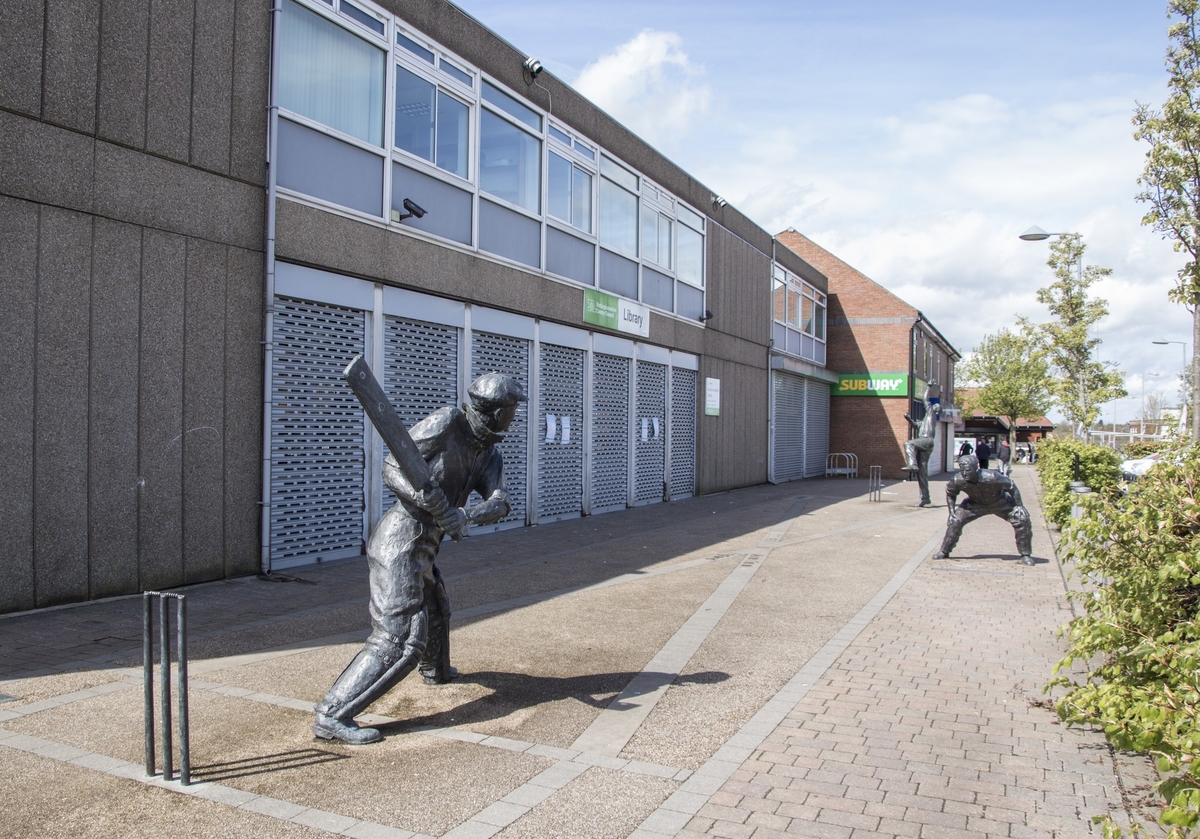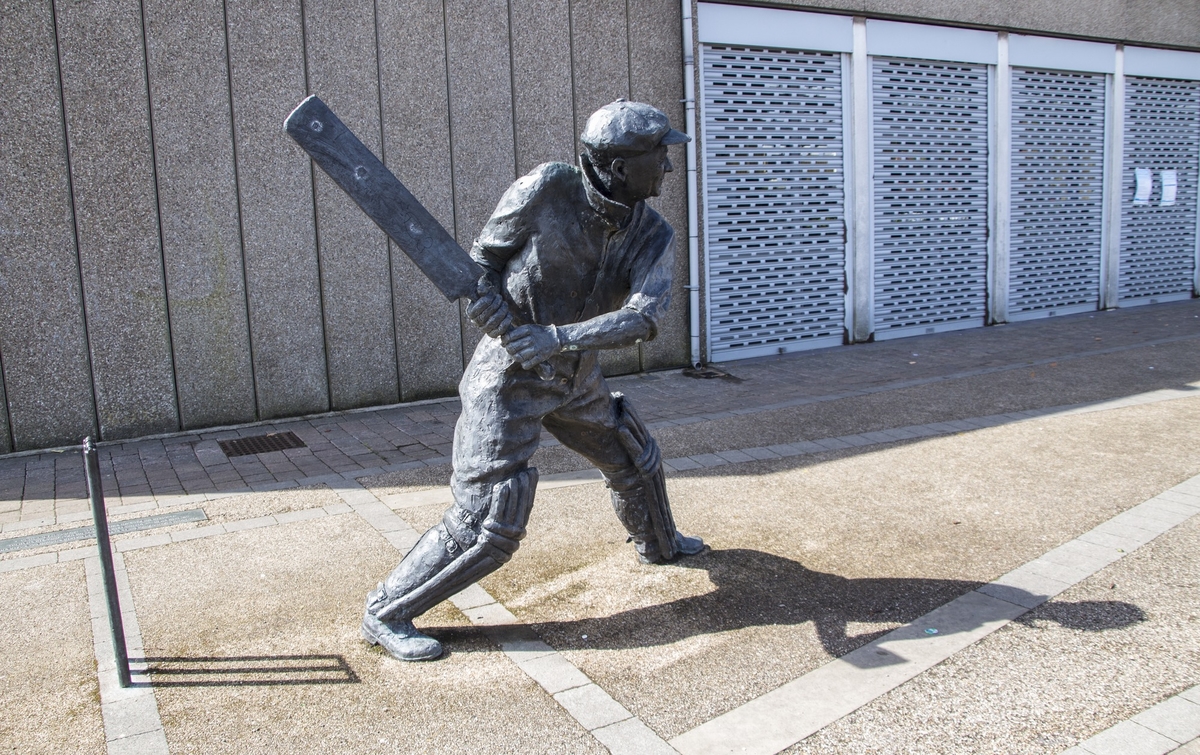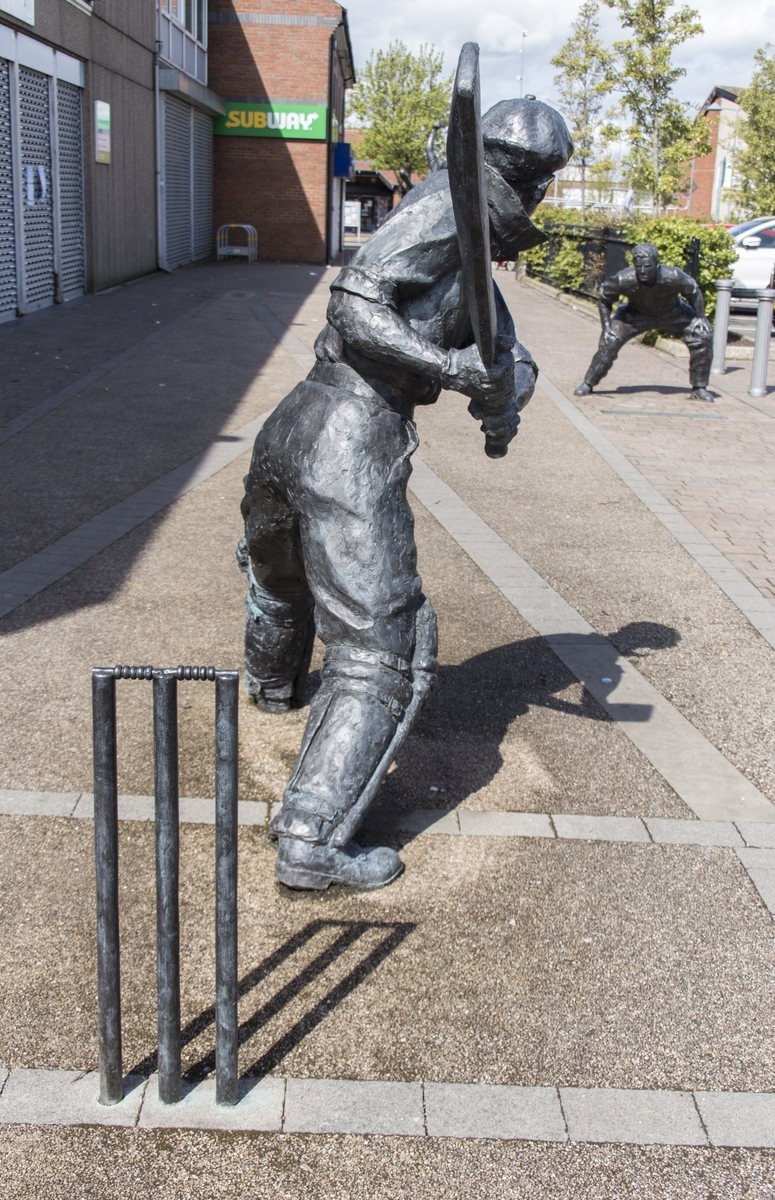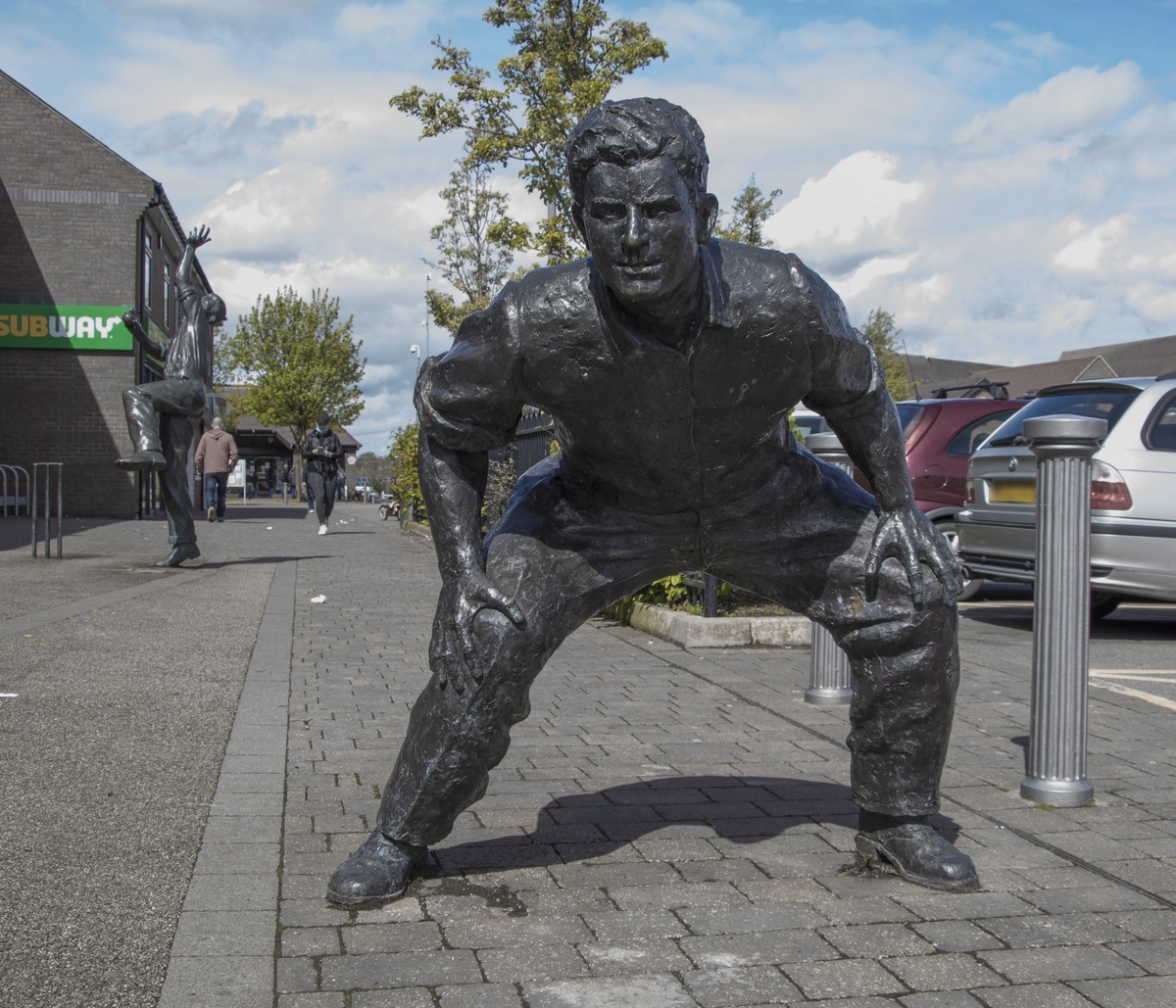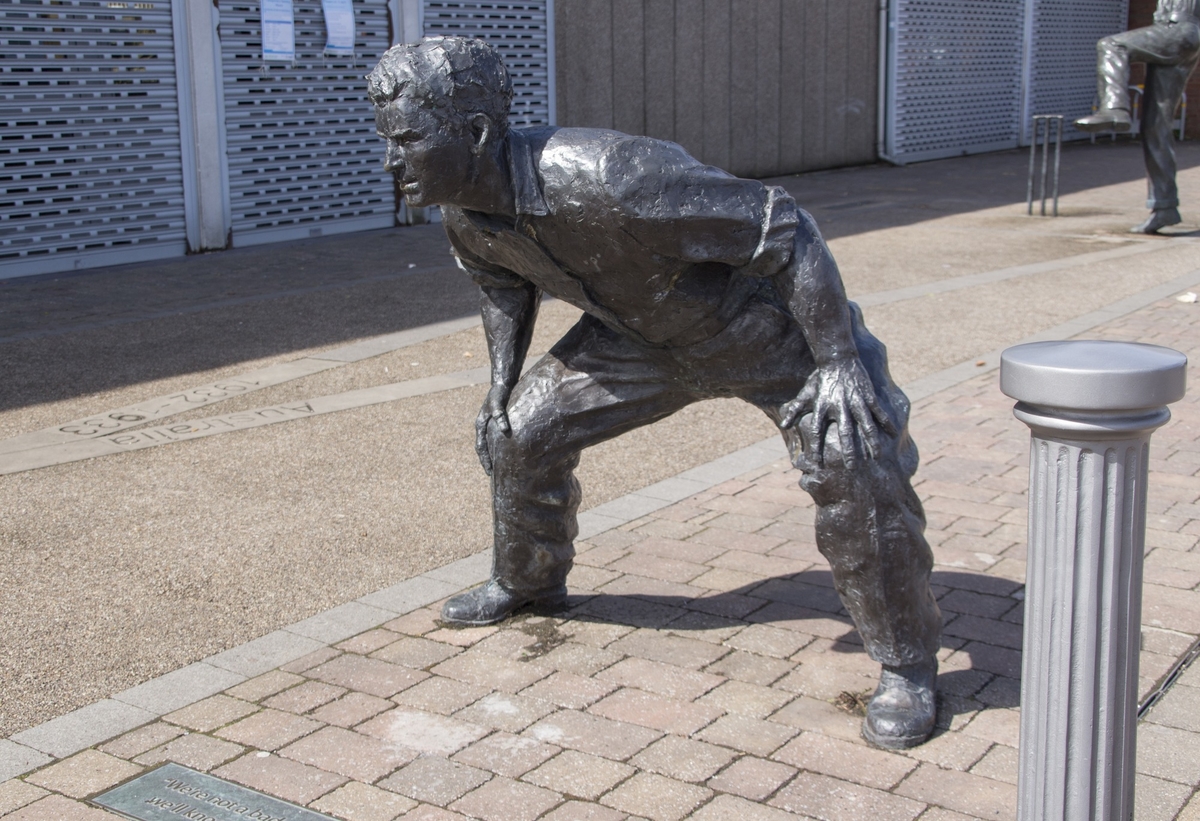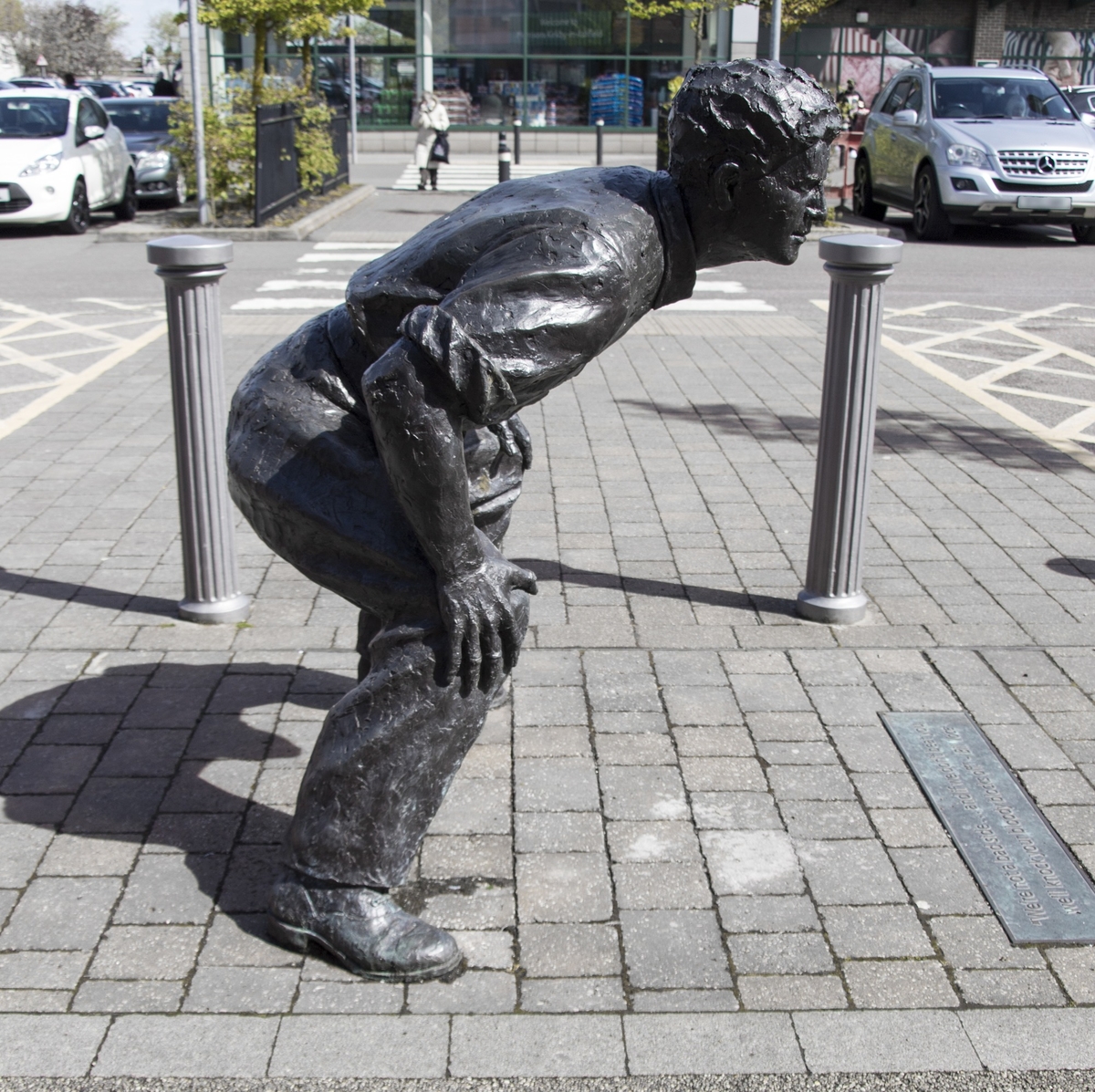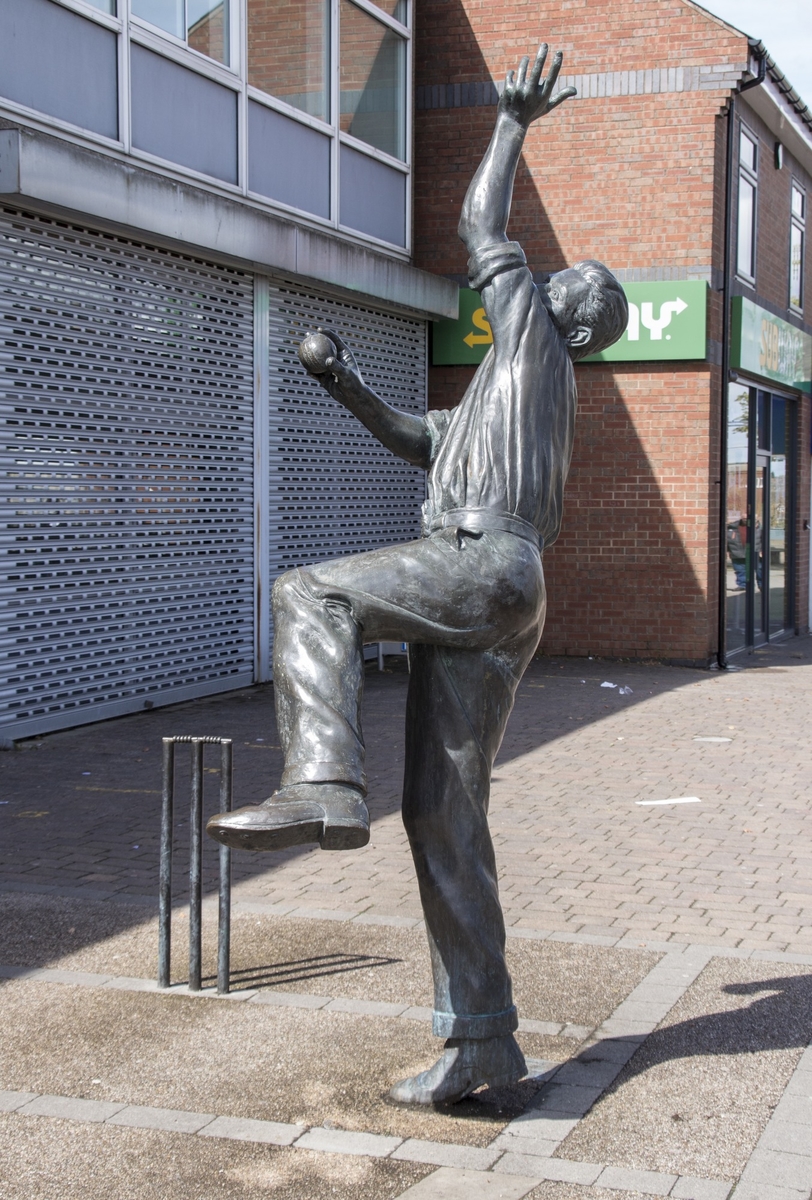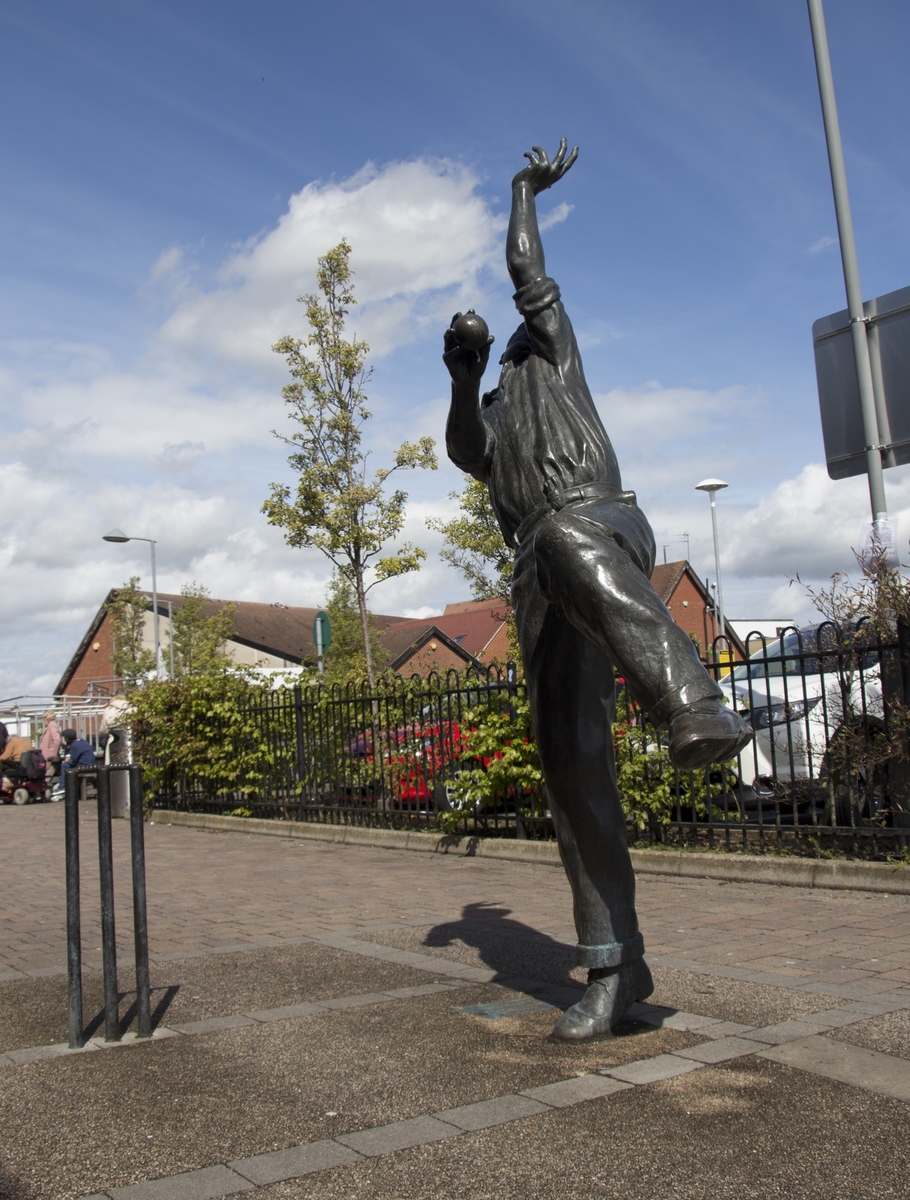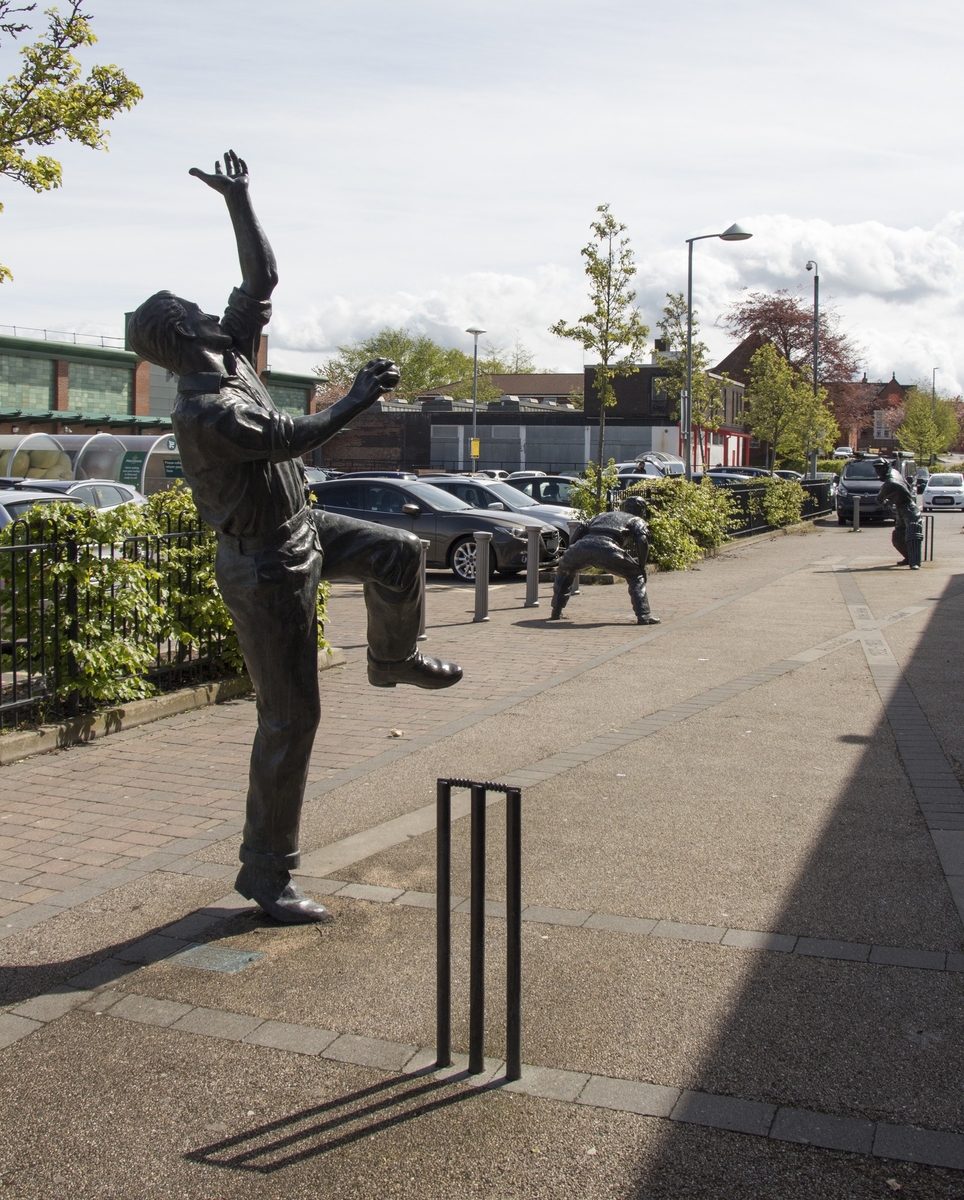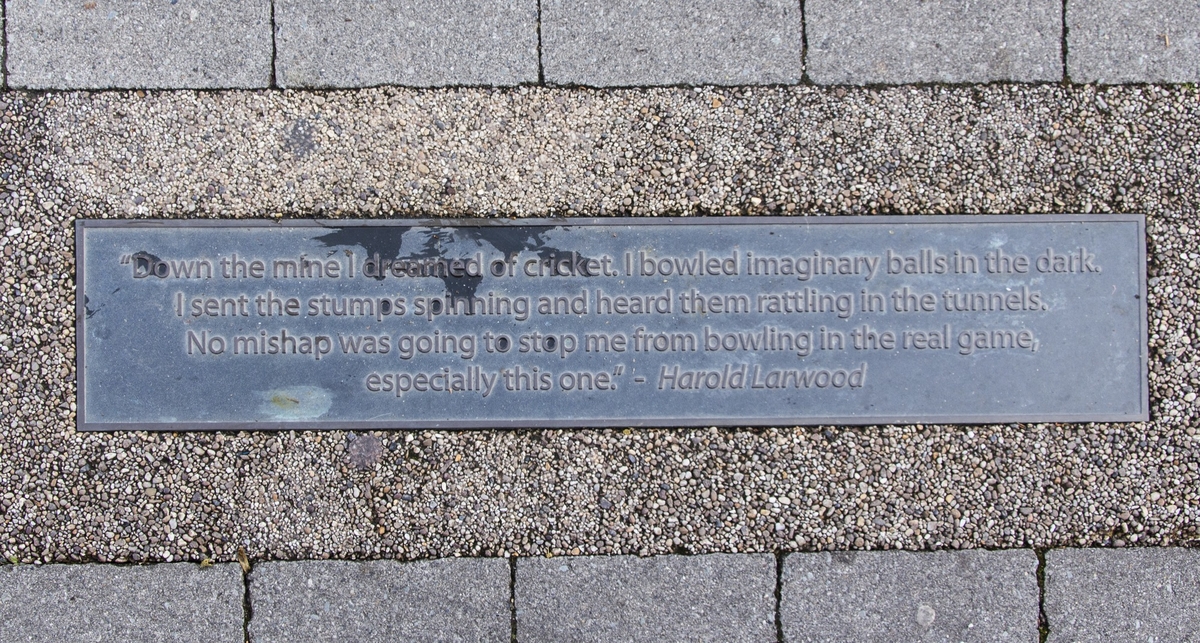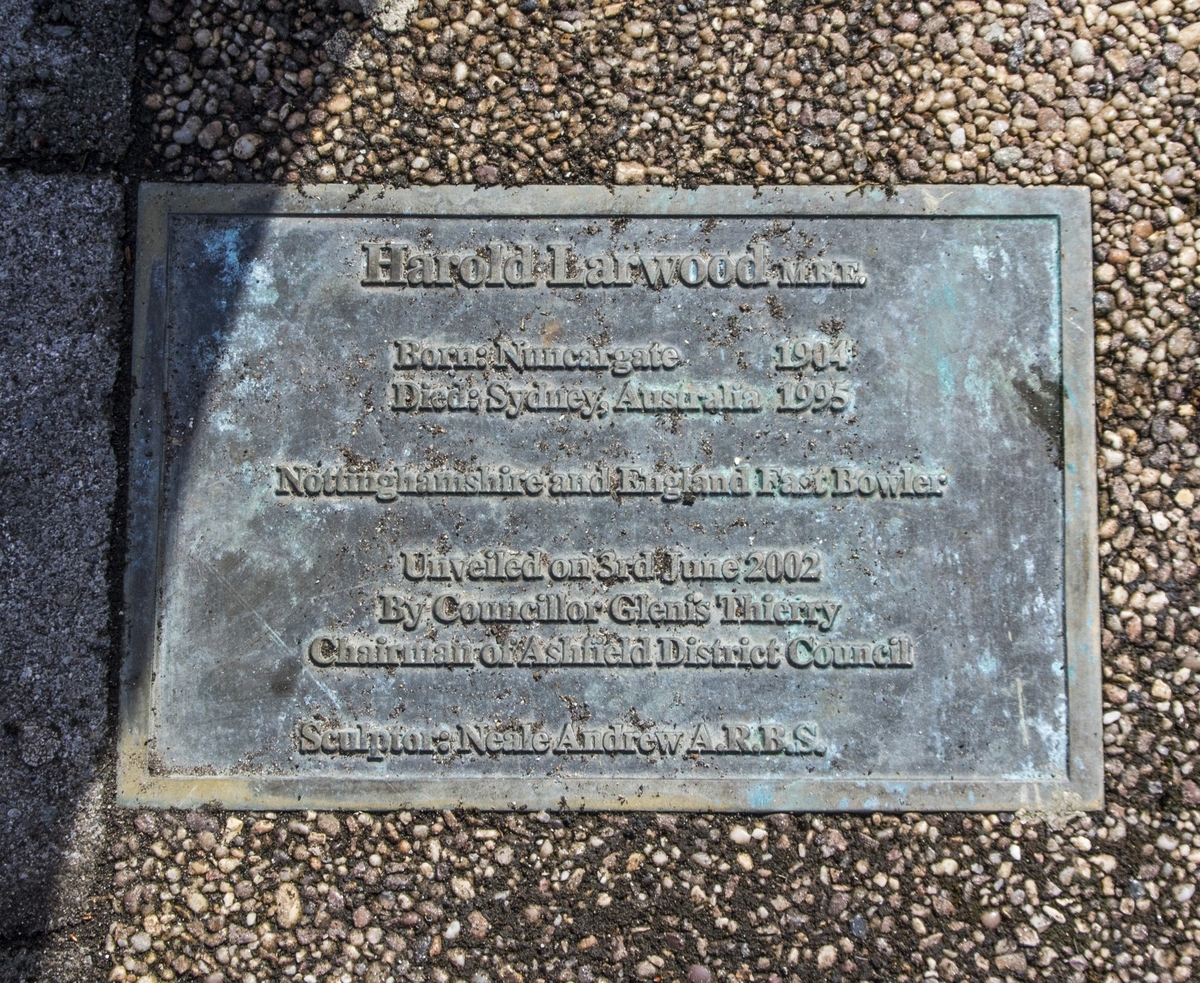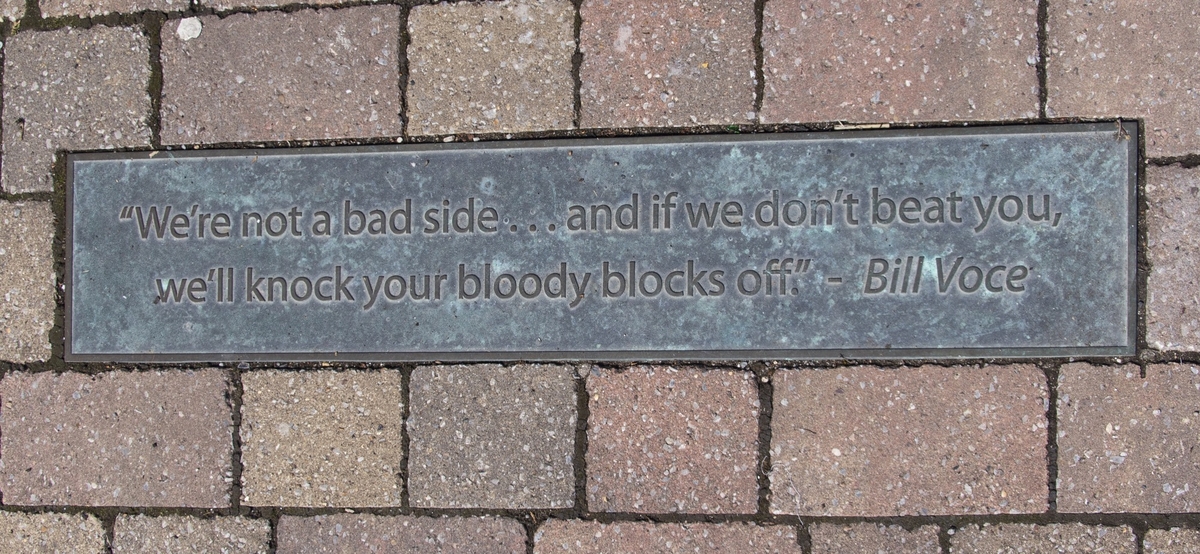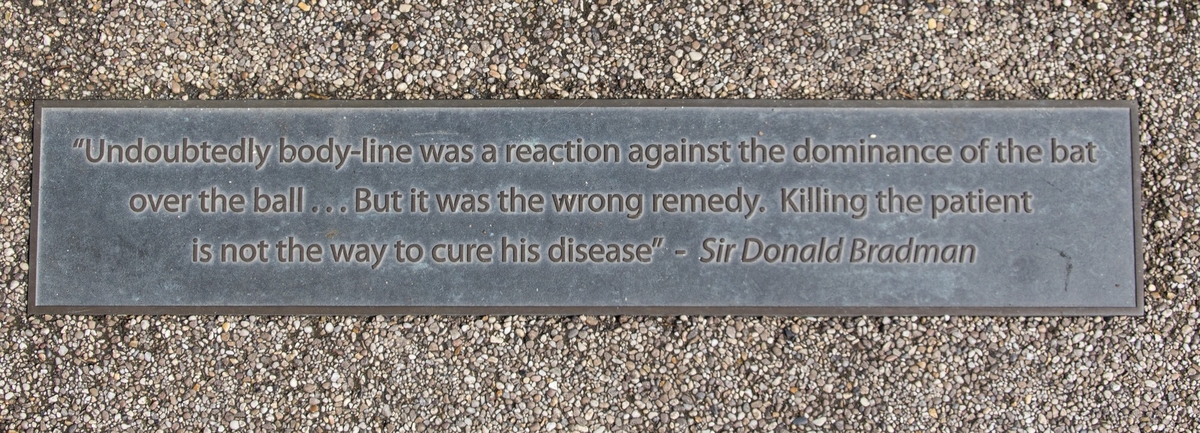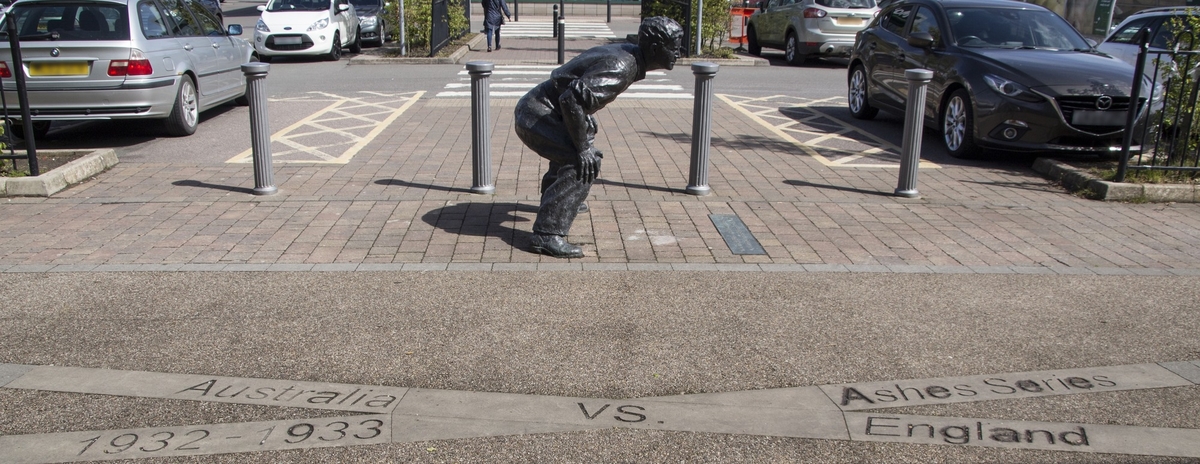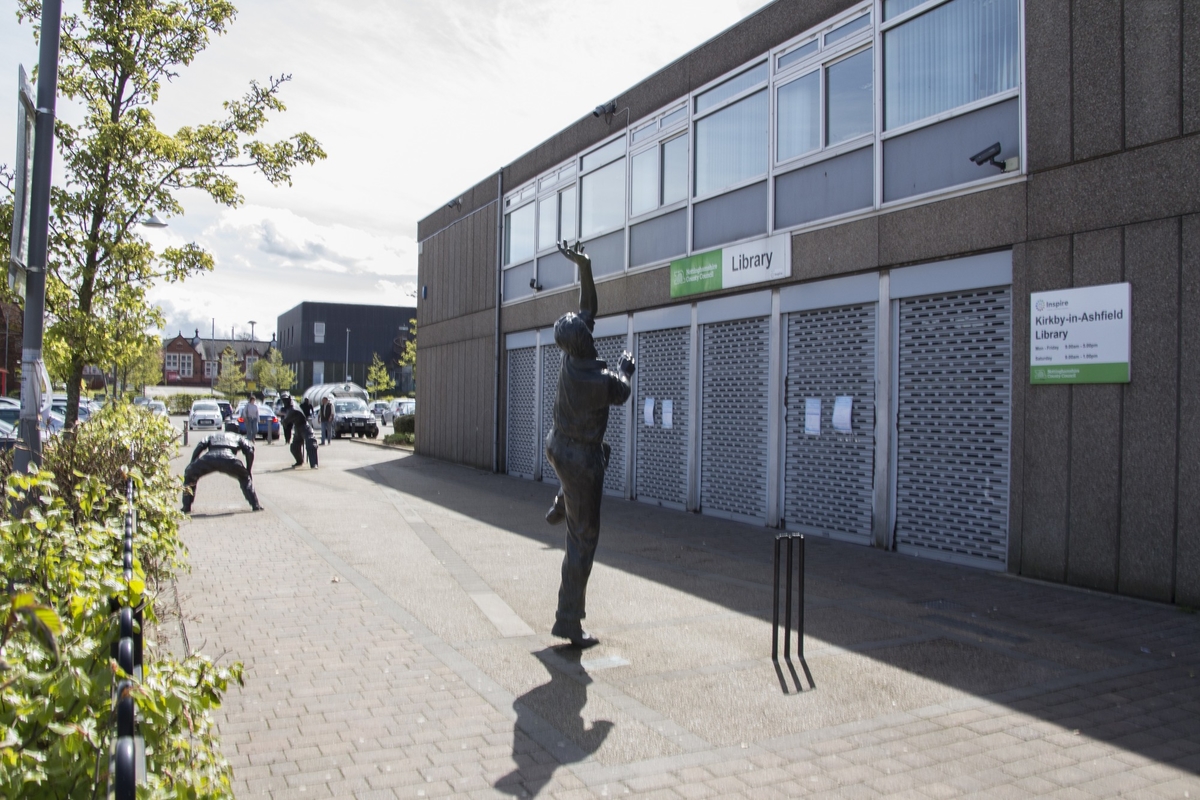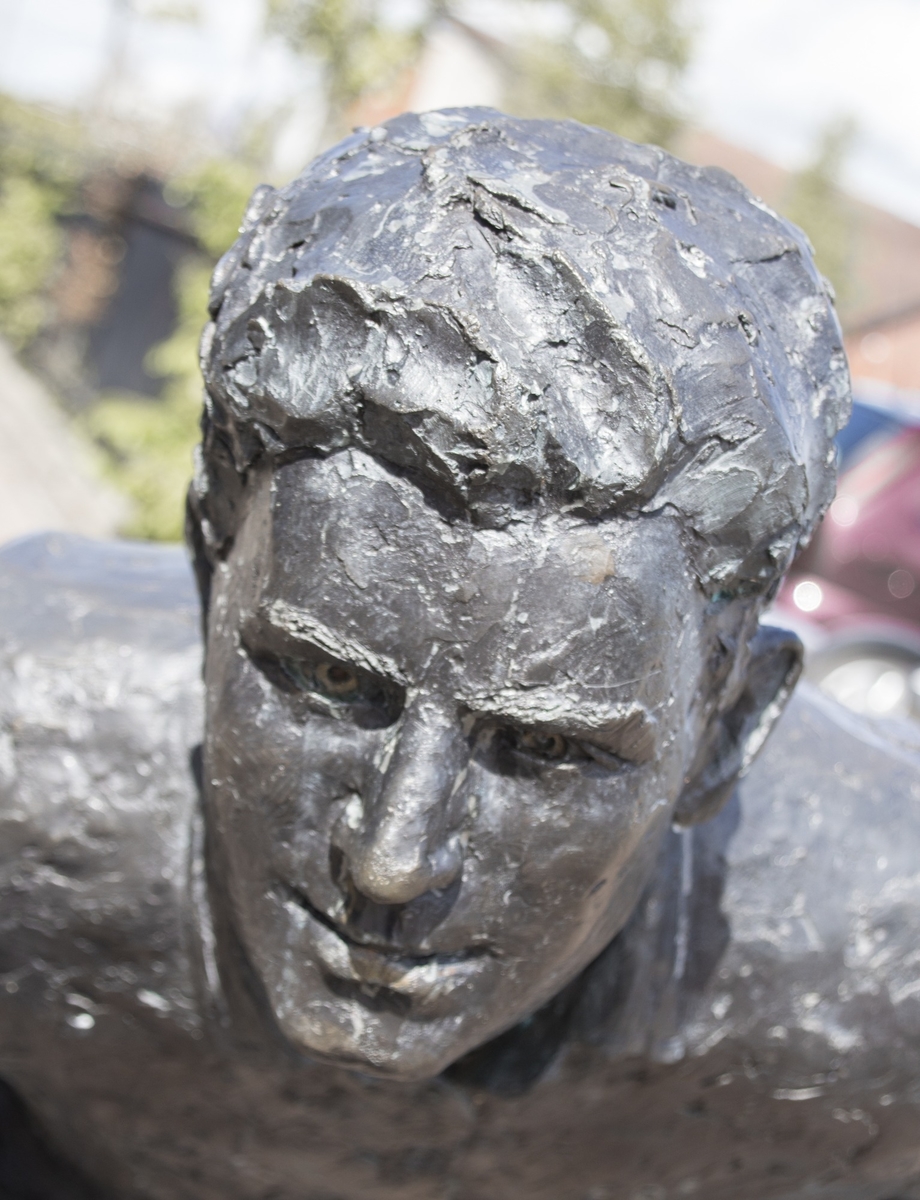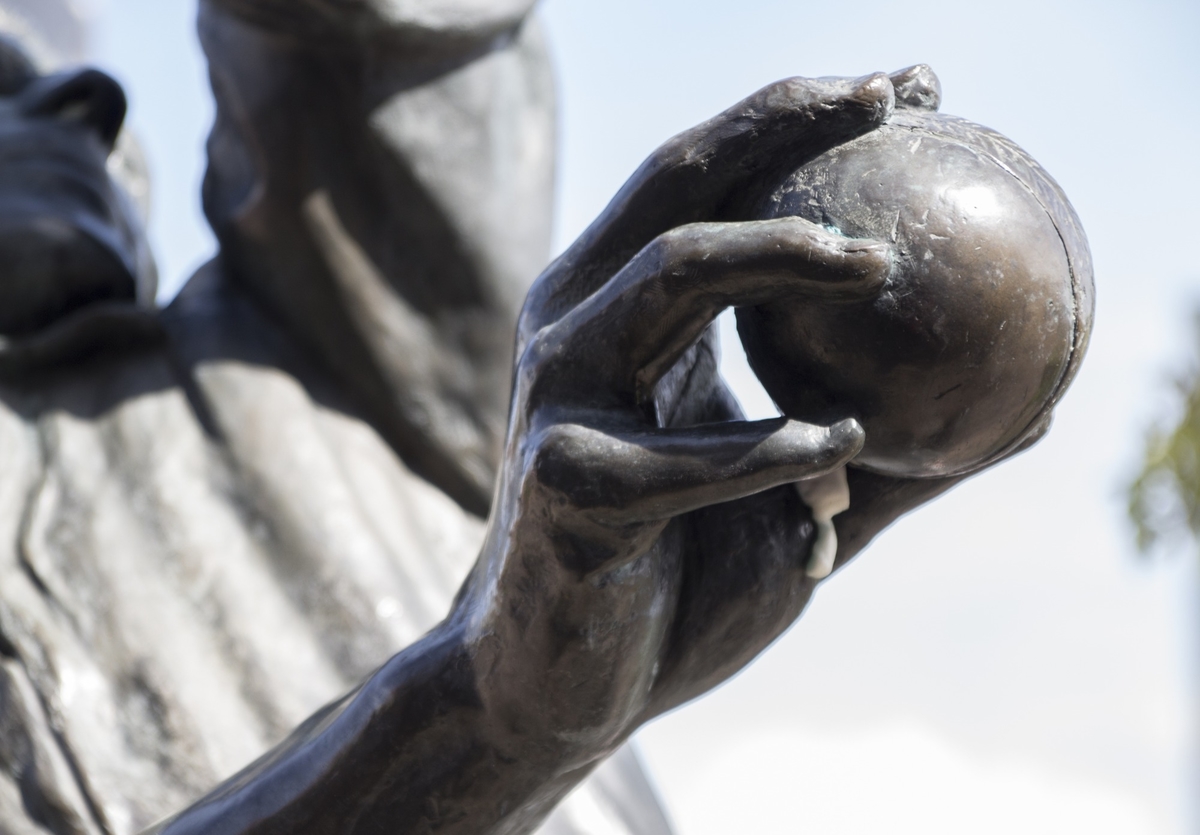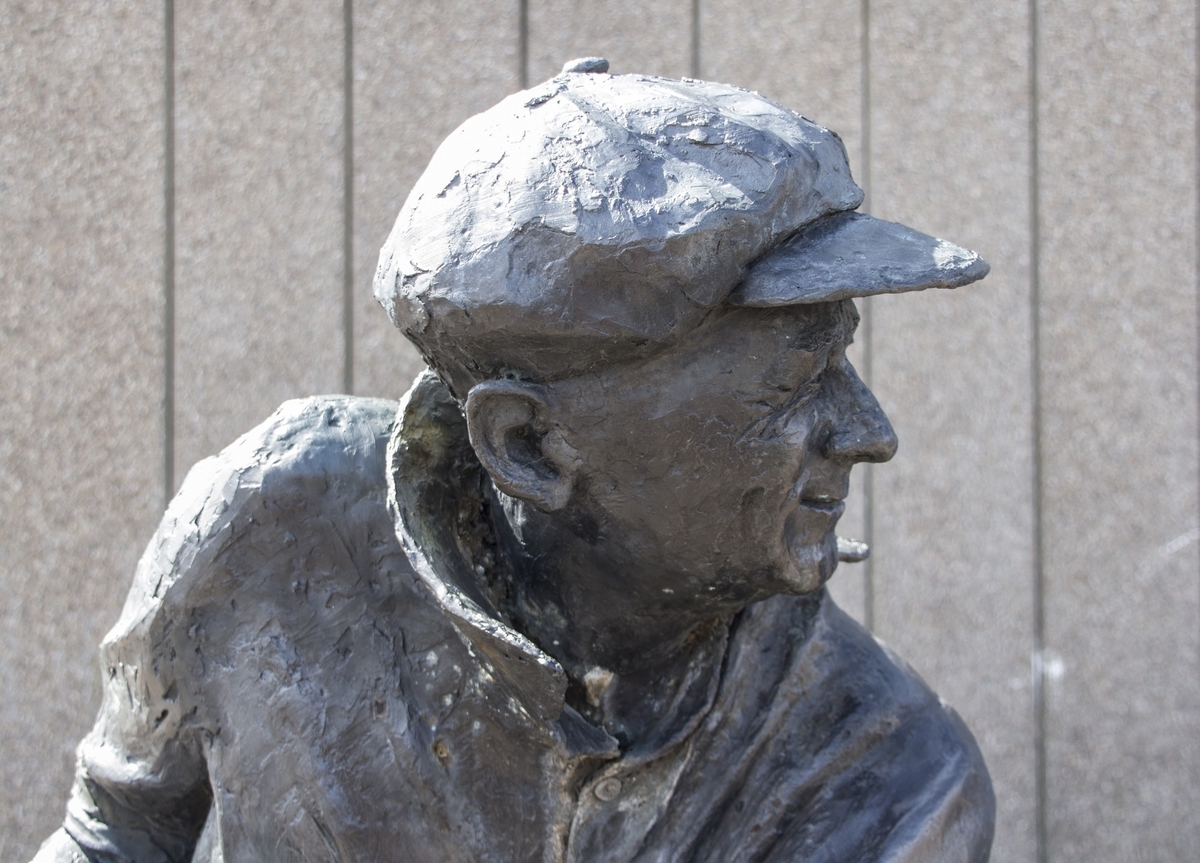How you can use this image
This image can be used for non-commercial research or private study purposes, and other UK exceptions to copyright permitted to users based in the United Kingdom under the Copyright, Designs and Patents Act 1988, as amended and revised. Any other type of use will need to be cleared with the rights holder(s).
Review the copyright credit lines that are located underneath the image, as these indicate who manages the copyright (©) within the artwork, and the photographic rights within the image.
The collection that owns the artwork may have more information on their own website about permitted uses and image licensing options.
Review our guidance pages which explain how you can reuse images, how to credit an image and how to find images in the public domain or with a Creative Commons licence available.
Notes
Add or edit a note on this artwork that only you can see. You can find notes again by going to the ‘Notes’ section of your account.
Title
Three Cricketers
Date
2002 & 2015
Medium
bronze
Accession number
NG17_HC_S120
Work type
Statue
Custodian
Ashfield District Council
Work status
extant
Unveiling date
3rd June 2002
Access
at all times
Inscription description
Australia VS. England / 1932 -1933 Ashes Series; floor plaque 1: “Down the mine I dreamed of cricket. I bowled imaginary balls in the dark / I sent the stumps spinning and heard them rattling in the tunnels. / No mishap was going to stop me from bowling in the real game, / especially this one”. – Harold Larwood; plaque 2 : Harold Larwood M.B.E, / Born: Nuncargate 1904 / Died: Sydney, Australia 1995 / Nottinghamshire and England Fast Bowler / Unveiled on 3rd June 2002 / by Councillor Glenis Thierry / Chairman of Ashfield District Council / Sculptor: Neale Andrew A.R.B.S; plaque 3: “We’re not a bad side…..and if we don’t beat you / we’ll knock your bloody blocks off”. Bill Voce; plaque 4: “Undoubtedly body-line was a reaction against the dominance of the bat / over the ball…But it was the wrong remedy. Killing the patient / is not the way to cure his disease” – Sir Donald Bradman
